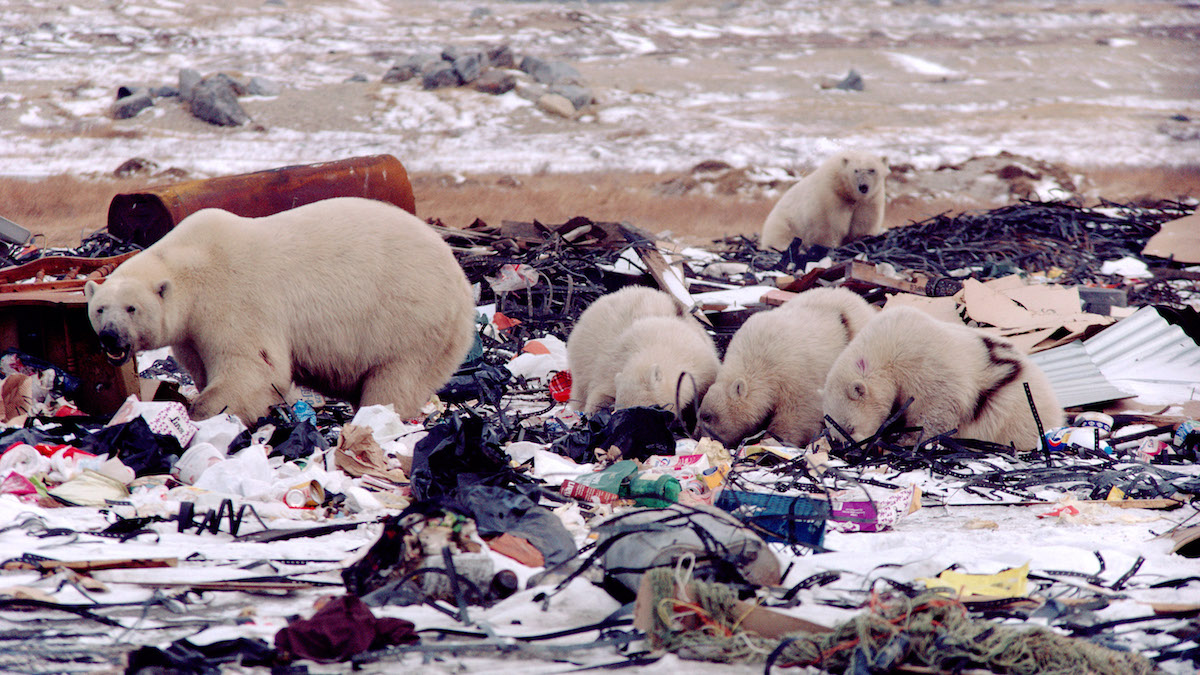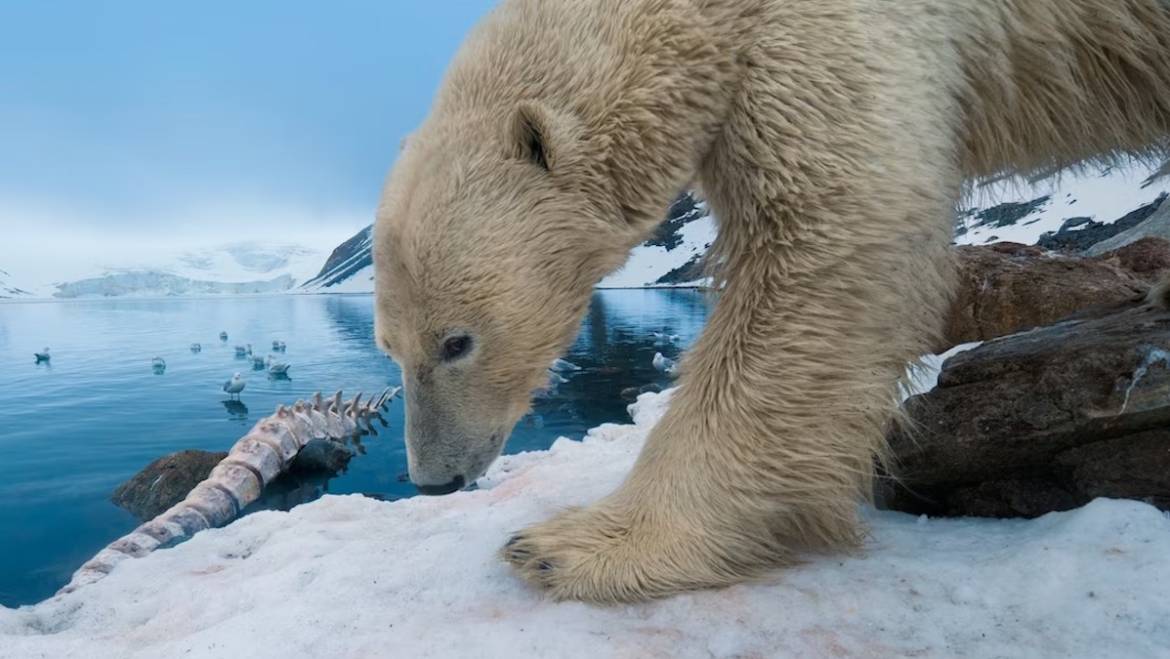First Polar Bear Dies From Bird Flu As Virus Spreads Across Globe
A polar bear has died from bird flu as the highly contagious H5N1 virus spreads into the most remote regions of the planet.
The current outbreak, which began in 2021, is estimated to have already killed millions of wild birds and thousands of mammals worldwide.
The death of the polar bear was confirmed in December by the Alaska Department of Environmental Conservation. Dr Bob Gerlach, Alaska’s state veterinarian, told the Alaska Beacon: “This is the first polar bear case reported, for anywhere.”
It was found near Utqiagvik, one of Alaska’s northernmost communities, two years after this latest strain was detected in North America. The bear was thought to have been scavenging on the carcasses of infected birds.
The rise in arctic temperatures, due to decades of human-induced climate change, has meant a shortage of food for polar bears. Disappearing ice has made it much harder for the bears to hunt for seals on sea ice, forcing them to spend increasingly more time scavenging and feeding on dead animals.
Gerlach believes that more bears may have died unnoticed, as they tend to live in remote places with few people. “You’re really dependent on the public that’s out there, or the wildlife biologists that are doing surveillance,” he said.
The current outbreak of the highly infectious variant of H5N1 is estimated to have killed millions of wild birds. Globally, thousands of mammals have also died of the virus, including black bears and brown bears. Foxes, kittiwakes and bald eagles are among the species to have died of the bird flu virus in Alaska in recent months.
Speaking to the Guardian, Diana Bell, emeritus professor of conservation biology at the University of East Anglia, said: “Now it’s in the high Arctic in mammals – it’s horrifying.”
“And yet I’m not surprised,” she said. “In the last couple of years the list of mammals killed has become enormous. It’s killed such a wide range of predatory and scavenging mammals now, this isn’t just a poultry disease.”
It it not just the northern Arctic region that has been affected. In October 2023, the first known cases of H5N1 were detected in the Antarctic among brown skua on Bird Island, off the coast of South Georgia. Two months later, hundreds of elephant seals were found dead. There have also been increased deaths of kelp gulls, brown skua and fur seals at several other locations.
H5N1 is continuing further south in the Antarctic region and scientists now fear that this highly contagious virus could bring ‘one of the largest ecological disasters of modern times’ if it reaches remote penguin populations.

Submitted by Friends of Retha




Add Comment